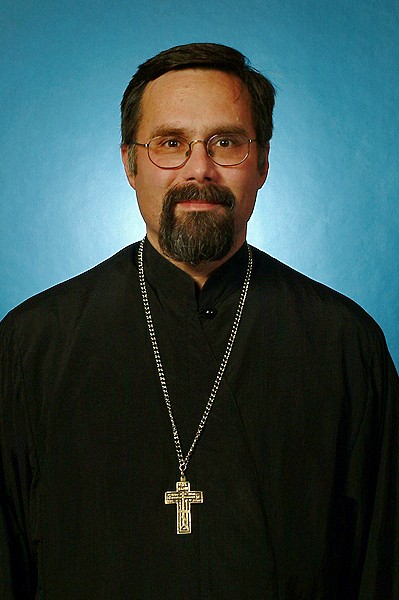Was Peter Married in the Bible? Exploring the Life and Family of the Apostle Peter
#### Description:The question of whether was Peter married in the Bible has intrigued theologians, scholars, and lay readers alike for centuries. As one of……
#### Description:
The question of whether was Peter married in the Bible has intrigued theologians, scholars, and lay readers alike for centuries. As one of the most prominent figures in the New Testament, Peter, originally named Simon, was one of Jesus Christ's closest disciples and is often regarded as the leader of the early Christian church. This inquiry into his marital status opens a fascinating window into the cultural and social context of the time, as well as the personal life of a man who played a pivotal role in the foundation of Christianity.
The Bible does not explicitly state Peter's marital status in the same way it does for other figures, leading to a variety of interpretations and assumptions. However, we do find a significant clue in the Gospel of Matthew. In Matthew 8:14-15, there is an account of Jesus healing Peter's mother-in-law, which implies that Peter was indeed married. The passage reads: "When Jesus came into Peter's house, he saw Peter's mother-in-law lying in bed with a fever. He touched her hand and the fever left her; and she got up and began to wait on him." This brief mention raises the question: if Peter had a mother-in-law, then he must have had a wife.

The lack of detailed information about Peter's wife and family life in the biblical texts has led to various interpretations throughout history. Some scholars suggest that Peter's marriage may have been a point of contention in the early church, particularly as the role of clergy evolved. The expectation of celibacy became more pronounced in later Christian traditions, particularly in the Roman Catholic Church, which may have contributed to the relative silence on Peter's marital status in church teachings.
In addition to biblical references, early Christian writings and traditions provide further insight into Peter's life. The writings of early church fathers, such as Origen and Eusebius, suggest that Peter's wife may have accompanied him on his missionary journeys. This notion is supported by the idea that marriage was a common practice among the apostles, as they were often seen as family men who balanced their spiritual duties with familial responsibilities. The concept of married apostles is also echoed in the practices of some early Christian communities, where the emphasis on family life and communal living was prevalent.

Furthermore, the question of was Peter married in the Bible also touches upon the broader theme of marriage and family in the New Testament. The Apostle Paul, in his letters, discusses the significance of marriage and the roles of husbands and wives, indicating that family life was an essential aspect of the early Christian experience. In 1 Corinthians 9:5, Paul mentions that other apostles, including Peter, had the right to take along a believing wife, suggesting that marriage was not only accepted but perhaps encouraged among early Christian leaders.
The implications of Peter's marital status extend beyond just personal curiosity; they also raise questions about the nature of leadership within the church. If Peter was married, it challenges the notion that spiritual authority must be linked to celibacy or a life devoid of familial ties. Instead, it highlights the possibility that a leader can be both devoted to their faith and committed to their family, reflecting a holistic approach to life that many modern believers strive to emulate.

In conclusion, the inquiry into was Peter married in the Bible reveals a rich tapestry of cultural, theological, and historical factors that shape our understanding of one of Christianity's most significant figures. While the biblical texts provide limited information, the implications of Peter's marital status resonate throughout early Christian history and continue to influence contemporary discussions on the role of family within faith communities. This exploration invites readers to consider the complexities of personal life and spiritual leadership, ultimately enriching our understanding of the Apostle Peter and the early church.